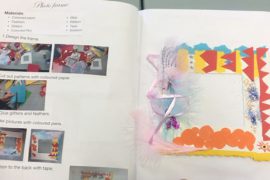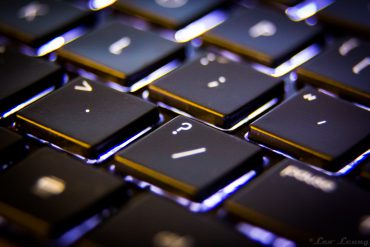In 2018 an OLE (Open Learning Environment) on Disability Awareness and Inclusivity was launched, the vision of a large team of staff across the university led by Dr Ilektra Spandagou and Dr Michelle Bonati and the outcome of a 2017 Educational Innovation Grant ($12 000). The team consisted of academics with expertise in disability studies and inclusion and professional staff with expertise in disability accessibility, online design, and educational innovation. Like other OLEs, it offers an open unit (0 credit points) that any University student or staff member can enrol in, as well as a credit-bearing unit (2 credit points).
Modelling inclusive practice
This OLE was created using Universal Design for Learning (UDL) principles and provides a model for accessible, inclusive design of online units of study, in addition to modelling good practice for daily interactions with people with disabilities.
It contains video scenaria of four people with disabilities navigating authentic daily interactions:
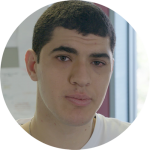
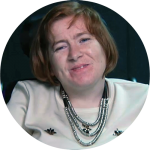
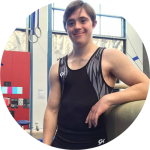
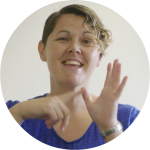
- Tim, a student with autism who is doing a groupwork assignment at university
- Fiona, a professional who uses augmentative and alternative communication (AAC) with a colleague at work
- Chris, a gymnastics coach with intellectual disability who is applying for a job
- Mary, a deaf woman who is attending a medical appointment
Each scenario provides powerful, positive role models of how people without disability can communicate and collaborate in ways that create a more inclusive community for people with disability.
The development of the OLE was itself inclusive. Accessibility and inclusivity were integral to the design process and not an afterthought, influencing both the content and the format of the final product. A wide array of staff and external stakeholders provided input into the development of the unit including a reference group of people with disability, and actors with disabilities were engaged to film the video scenaria, while education students at the University provided input into the learning design.
While elements of the scenaria are fictional, there are also links to the actual actor with disability. Chris Bunton is a graduate of the award-winning University of Sydney Uni 2 Beyond program and a gymnastics coach and Special Olympics athlete. He was able to bring his experience full circle to educate learners in this OLE. Haley Martin, a deaf liaison officer and actor, leads Mary’s scenario and as a Gamilaraay woman opens the unit with her Acknowledgment of Country in Auslan. Fiona Given is a member of the Guardianship Division of the NSW Civil & Administrative Tribunal, an advocate in the area of AAC and students engage with her writing on this topic during the unit.
Richard Habelrih was able to fulfil a dream of becoming a professional actor by participating in the scenario of Tim about inclusive university group work. His mother wrote about the positive effect this experience has had on his self-esteem.
For students taking the 2-credit point option OLE, the unit is 1000-level and doesn’t assume prior knowledge. Students come to it with diverse levels of knowledge and experience, including personal experience of disability, creating a rich learning community. The diversity in the student cohort is explicitly acknowledged in the content, with optional materials provided for individuals who want to expand or extend their understanding of particular topics.
Student-created video assignment
The unit offers an innovative major assignment. Drawing on their learning about disability and inclusivity in the unit, students research a topic of interest and create a short video. The resulting videos have been of generally high quality, with students applying their refined understanding of disability and inclusivity to real world topics such as critically evaluating the accessibility of buildings on the University campus and the surrounding community. Some students have also developed videos on their personal experience of disability. With permission, student videos on a variety of topics have been incorporated into the content of later iterations of the OLE as examples used in the workshops.
A more inclusive University
The unit is offered in both semesters and it is currently it its third iteration. Enrolments have been increasing each time it is offered and the OLE has attracted high numbers of first year students who will advance through their university degree with a more nuanced understanding of disability and inclusivity as well as early exposure to models of good practice. More inclusive attitudes, values and behaviours have the potential to benefit not only those people with a disability but the entire University community of staff, students and guests.
The video scenarios have been my favourite part of the module as they have shown what should and should not happen in consultation, as well as offering insight into how much the world still needs to change to be more inclusive.
(Student reflection on their learning during online workshop 1, Sem 1, used with permission)
If you are interested in making your unit of study more inclusive, you may wish to peruse the free zero credit point OLE. Information on Teaching Inclusively and Web Accessibility is also available on the Teaching Resources Hub site. You may also contact the Educational Design Manager for your faculty at Educational Innovation.
This article was contributed by Ilektra Spandagou and Sue Atkinson.



